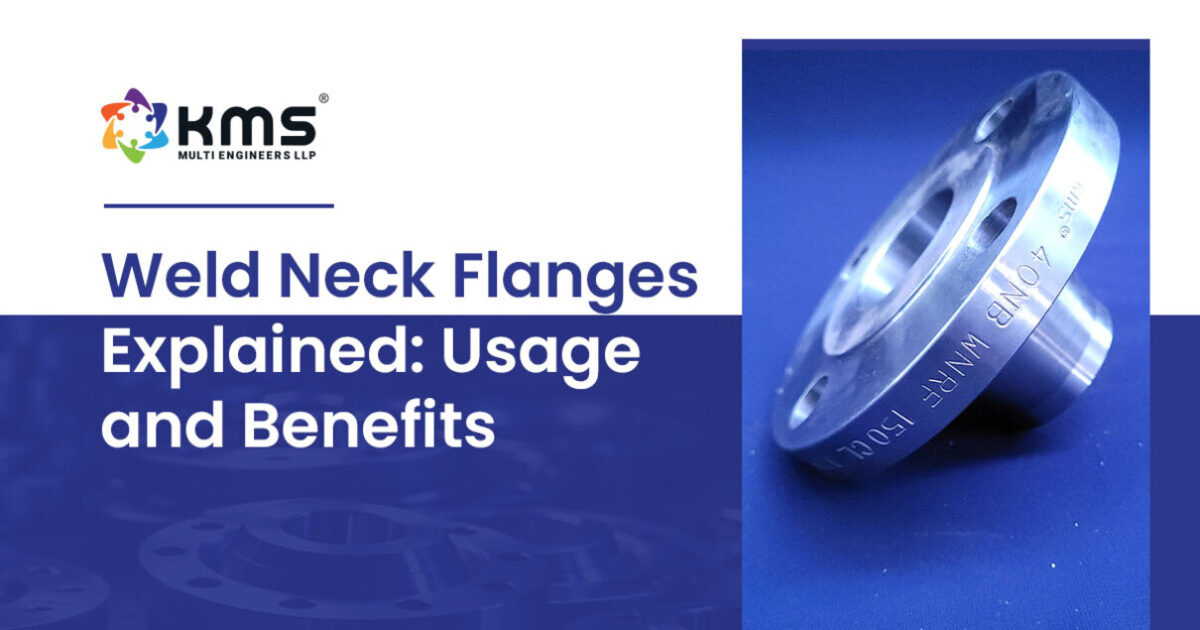In the intricate network of industrial infrastructure, weld neck flanges serve as critical components that ensure robust connections and operational integrity. These specialized fittings are designed to meet the demanding requirements of various sectors, providing secure, leak-free joints essential for optimal performance. Let’s explore what weld neck flanges are, their key features, applications, and considerations for selecting the right ones.
Understanding Weld Neck Flanges
Weld neck flanges feature a tapered hub that facilitates smooth flow transition from pipe to flange, minimizing turbulence and stress concentrations. This design not only enhances structural integrity but also simplifies the alignment of bolt holes during installation. The welded connection between the flange and pipe ensures a tight seal, crucial for preventing leaks in high-pressure and high-temperature environments.
Key Features and Benefits
- Strength and Durability: Constructed from robust materials such as stainless steel, carbon steel, or alloy steel, weld neck flanges are renowned for their strength and durability. They are designed to withstand extreme conditions and maintain performance over extended periods, making them suitable for critical applications.
- Leak Resistance: The welded neck design provides a secure, leak-proof seal, ensuring reliability in pipelines transporting fluids and gases under varying pressures and temperatures.
- Ease of Installation: The tapered hub facilitates precise alignment and welding to the pipe, reducing installation time and labor costs. This feature also helps in minimizing the risk of misalignment, ensuring a secure fit.
- Versatility: Available in a wide range of sizes, pressure ratings, and materials, weld neck flanges offer versatility to meet specific project requirements. They can be customized for different pipe schedules and are compatible with various flange face types, including raised face and flat face configurations.
Applications Across Industries
Weld neck flanges find extensive use across diverse industries due to their reliability and performance characteristics:
- Oil and Gas: Essential for pipelines carrying crude oil, natural gas, and refined products where safety and leak prevention are paramount.
- Chemical Processing: Used in facilities handling corrosive chemicals and acids, thanks to their corrosion-resistant materials and robust construction.
- Power Generation: Critical for steam, water, and gas pipelines in power plants where high pressures and temperatures are common.
- Shipbuilding and Marine: Employed in marine environments for their durability and ability to withstand harsh conditions.
Considerations for Selection
When selecting weld neck flanges, several factors should be considered to ensure optimal performance and longevity:
- Material Compatibility: Choose materials based on the fluid or gas being transported and their resistance to corrosion and erosion.
- Pressure and Temperature Ratings: Select flanges that can withstand the maximum pressures and temperatures expected in the application.
- Size and Dimensional Requirements: Ensure compatibility with pipe sizes and specifications to achieve proper alignment and functionality.
Conclusion
In conclusion, weld neck flanges are indispensable components in industrial piping systems, offering reliability, leak resistance, and ease of installation. Their robust design and versatility make them suitable for a wide range of applications across various sectors. By understanding their features, benefits, and selection criteria, engineers and project managers can make informed decisions to optimize system performance, ensure safety, and contribute to the overall efficiency of industrial operations.
Choosing high-quality weld neck flanges not only enhances operational reliability but also supports cost-effective maintenance and longevity of industrial infrastructure.



